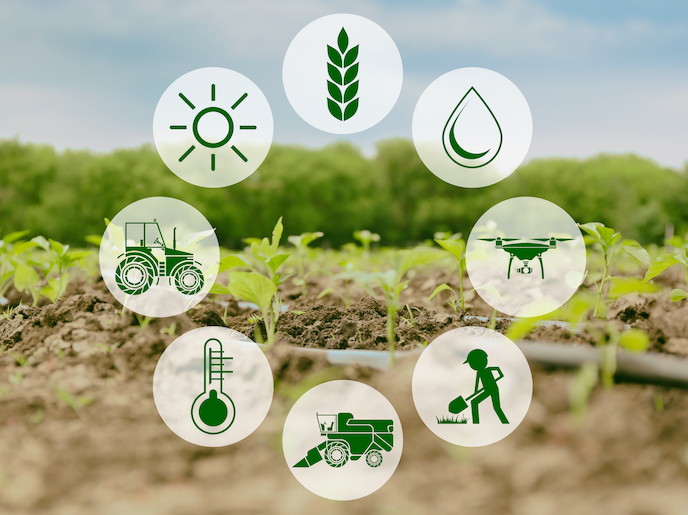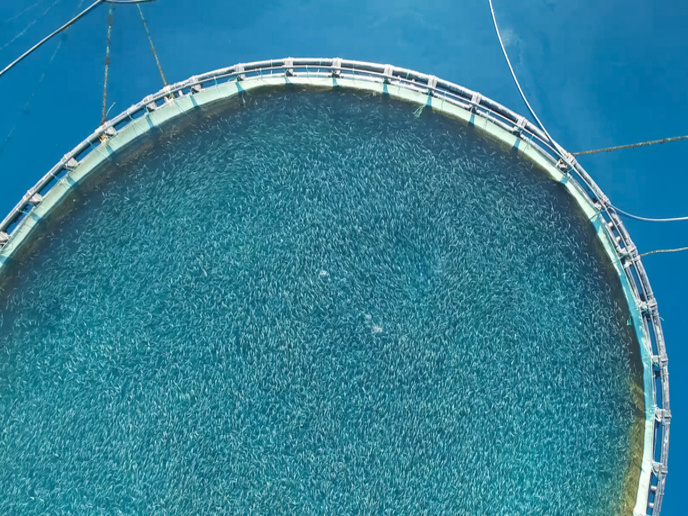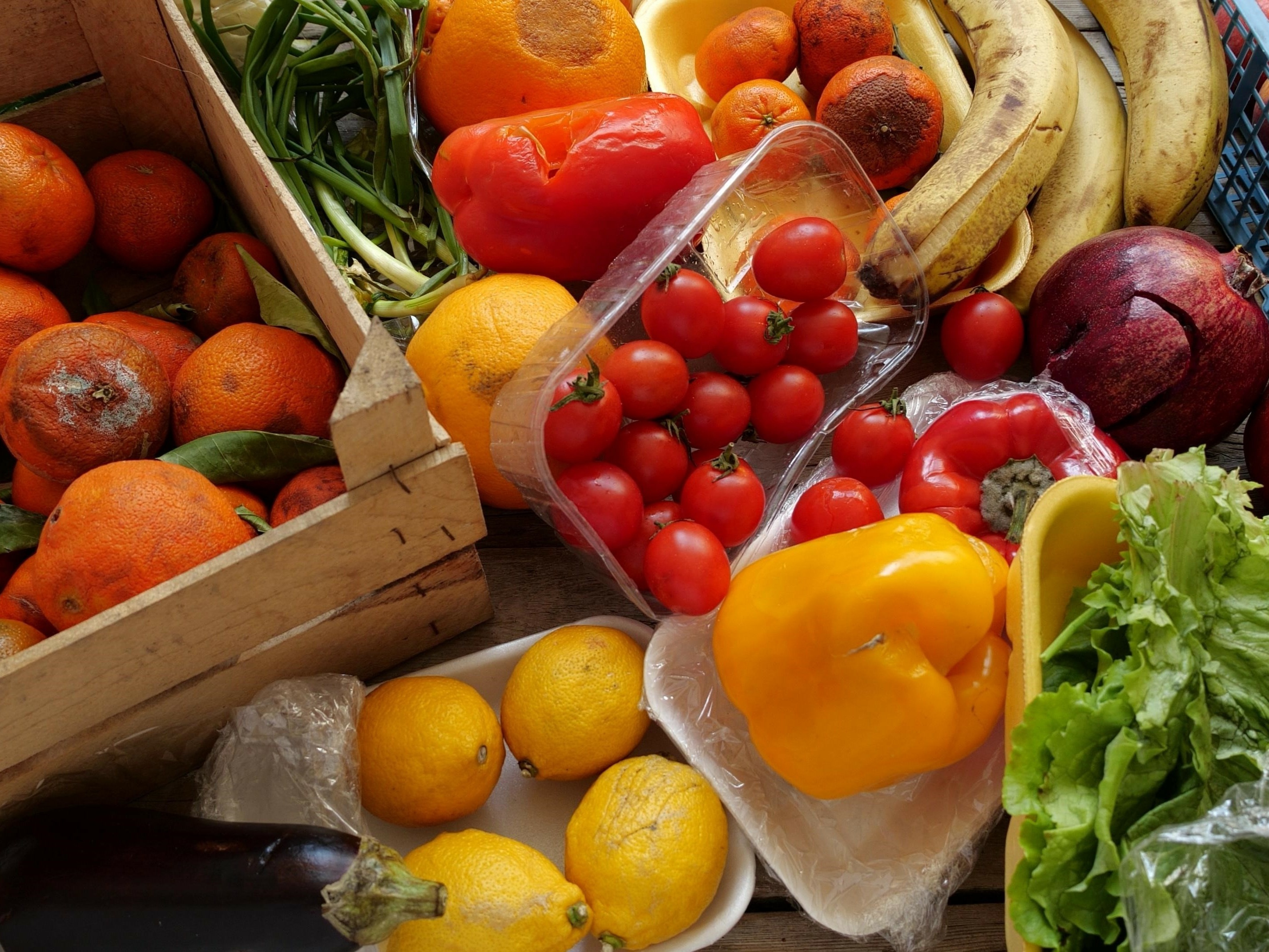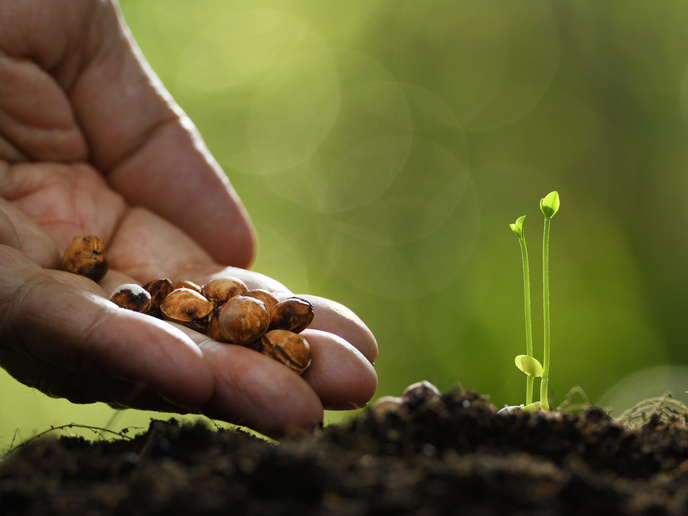Augmented reality helps improve agricultural productivity
By 2050, the global population is expected to hit 9.6 billion – which is a huge number of people to feed. Much of the pressure for meeting this increasing demand for food falls onto farmers, who are already struggling with such challenges as climate change and extreme weather conditions. To overcome these challenges and be able to meet the production requirements of tomorrow, farmers must exploit data and the technology that can gather and interpret it for them. That is why the FIT project is working to develop new data-driven technologies specifically tailored to agricultural management. “FIT is taking the interaction between farmers, their fields and technology to a whole new level,” says Pedro Branco, FIT project coordinator. “By delivering smart data via an augmented reality display, we will provide farmers with a more streamlined crop management process that will maximise investments and profits while reducing costs and losses.”
Delivering smart data via augmented reality
At the heart of the project is the FIT system, which is being developed by ICT provider Nexlys Lda., the project’s lead partner. “By delivering intelligent data via an augmented reality display, FIT will allow farmers to interact with operational assets,” explains Branco. “This will be achieved by connecting and exchanging data with such existing technological sub-systems as irrigation, drones and robotic and non-robotic field machinery via the Internet of Things.” According to Branco, while Nexlys designed the toolkit to support farmers in their day-to-day operations, the purpose of this project was to assess its ability to actually do so. “During the feasibility assessment, project researchers defined market niches and consumer needs, evaluated relevant legislation and ethical aspects, and identified and mitigated possible barriers to marketisation,” Branco says. “Most importantly, we determined FIT’s technical feasibility and how commercialising it could help overcome some of the economic and social challenges facing farmers today.”
Towards commercialisation
Although it’s too early to discuss results in detail, Branco can confirm that the project clearly defined a development strategy and roadmap for commercialisation. “This assessment confirms that, once available on the market, FIT will play an important role in ending hunger, achieving food security, improving nutrition and promoting sustainable agriculture – all the while reducing production costs and the use of environmental resources,” Branco adds. It is estimated that within 5 years of commercialisation, FIT will see a 207 % return on investment and create over 60 new jobs. The project is currently in the early stages of a medium-sized test campaign involving farmers in Portugal and Spain, including a leading global almond producer.
Keywords
FIT, augmented reality, smart data, farmers, climate change, Nexlys, Internet of Things, food security, agriculture







